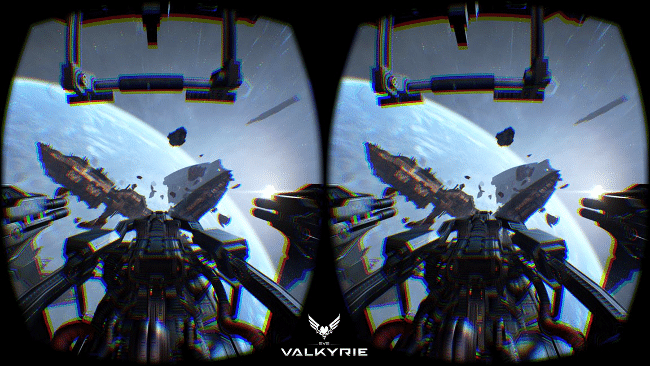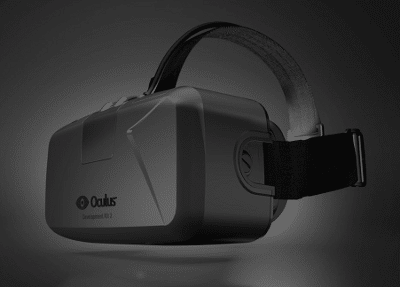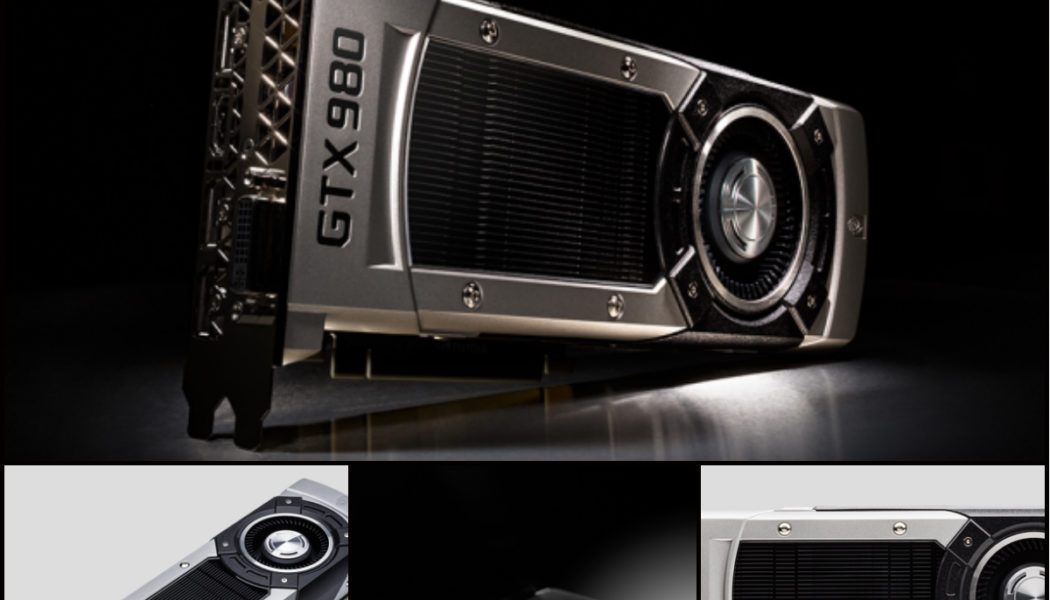We’ve seen it in movies. We’re read about it in books. Virtual technology is breaking into the mainstream with NVIDIA’s latest GPUs – built on the new Maxwell architecture – are ready.
Maxwell is at the core of the new GeForce GTX 980 and GTX 970 GPUs, the most advanced GPUs from NVIDIA. Maxwell is designed to solve some of the most complex lighting and graphics challenges in visual computing.
One of the biggest challenges: virtual reality. With screens positioned inches away from the user’s face, responsiveness is at a premium. Which is why Maxwell-based GPUs have been optimized for virtual reality.

Typically, it takes 50 milliseconds or more to render a scene in a virtual reality environment, from the time you move your head to the time you see a response. Maxwell cuts that latency in half and that in itself is pretty amazing!!!

Here’s how Maxwell unlocks better VR:
- Baseline latency: NVIDIA has worked to cut all aspects of the connection between the game and the GPU, significantly improving latency.
- MFAA: Using a new technology called multi-frame sampled anti-aliasing, or MFAA, Maxwell can combine many AA sample positions, producing what appears to be a higher-quality image. And it does this without the performance hit caused by other anti-aliasing technologies.
- Asynchronous Warp: This starts with the last scene rendered, and lets the GPU update it based on head position information. By warping the image later in the rendering pipeline, Maxwell cuts discontinuities between head movement and action on screen. And by doing it asynchronously, it avoids stalling the GPU, robbing it of performance.
- SLI: NVIDIA is tuning the GPUs work together when they’re paired to drive virtual reality experiences. In the past, GPUs would alternate rendering frames when joined in SLI mode. For VR, they’re changing the way our GPUs work in SLI, with each GPU rendering one display.
- DSR: With the displays in a VR headset resting close to the user’s eyes, higher resolution can improve the VR experience. Dynamic Super Resolution (DSR) – which we’re introducing with Maxwell – helps us take the resolution from 1 megapixel per eye to 4 megapixels per eye.
- GeForce Experience: Rather than asking users to tweak all these settings when using VR, we’re implementing them to run automatically with our GeForce Experience software.
- Optimized content: Few applications support VR headsets. So we’re bringing VR support to games that already work with NVIDIA 3D Vision.
The result: Maxwell isn’t just ready for VR. It’s helping make the future of VR possible.
For more from GAME24, including videos detailing how we debunked a moon landing conspiracy theory and set a gaming world record watch our live stream at game24.nvidia.com.
Source: NVIDIA Blog

